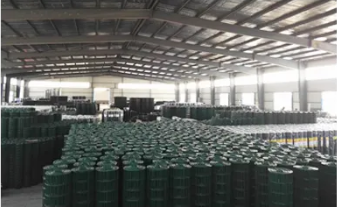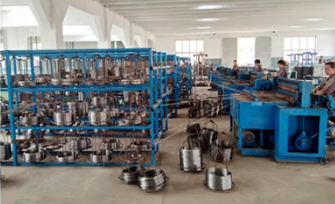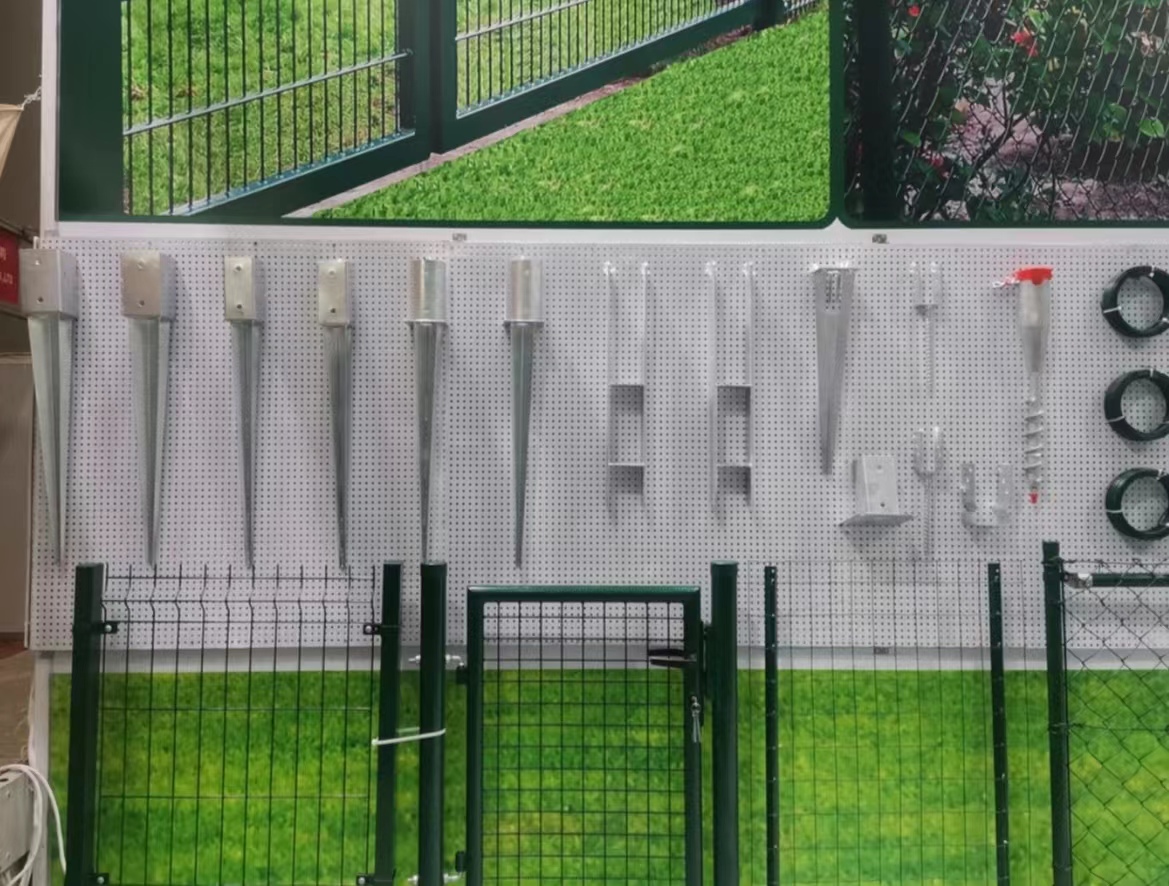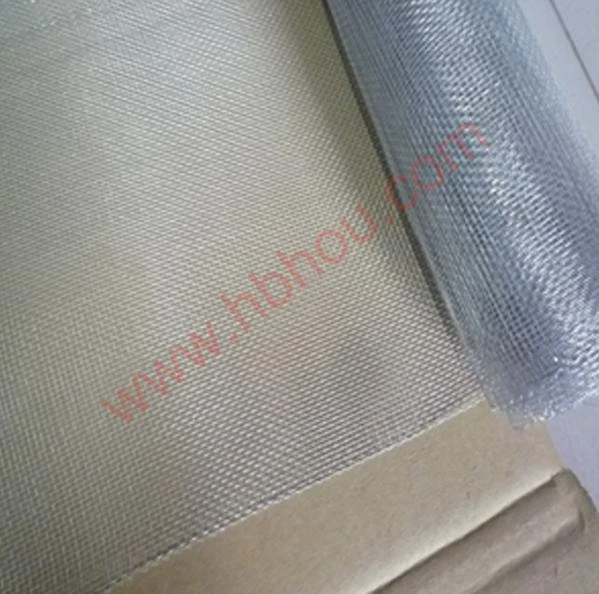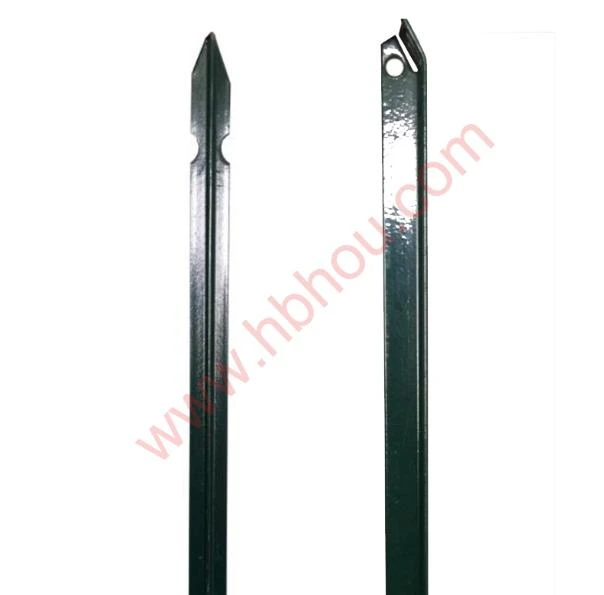The Role of Boundary Iron Wire in Modern Infrastructure
Boundary iron wire, often referred to as barbed wire or fencing wire, plays a critical role in securing properties, delineating land, and providing safety in various settings. Its evolution from simple materials to sophisticated technology reflects advancements in various industries, and its applications go far beyond merely marking boundaries.
Historically, the use of wires for confinement and protection dates back several centuries. The invention of barbed wire in the late 19th century revolutionized agriculture and land management. Farmers utilized it to protect livestock from predators and to keep cattle from wandering onto public roads or neighboring farms, thus preventing disputes and accidents. The efficient design of boundary iron wire allowed for a quick and economical means to secure large tracts of land, contributing to the expansion of farmsteads across the United States and beyond.
In contemporary contexts, boundary iron wire fulfills multiple purposes across various sectors. In agriculture, it remains a fundamental tool for livestock management. Strong, durable, and weather-resistant options are available, ensuring that animals are kept secure regardless of the climate. Additionally, its use is not restricted to rural or agricultural areas; urban settings adopt it for security measures, particularly in commercial properties and construction sites. High-tensile wire fences provide excellent deterrents against intruders, demonstrating that boundary iron wire is integral to modern security solutions.
boundary iron wire

Besides its practical applications in agriculture and security, boundary iron wire is also significant in land management and environmental conservation efforts. Boundary lines between properties prevent encroachment and can help delineate wildlife reserves or conservation areas. Electro-fencing, an adaptation of the traditional wire design, has found use in keeping wild animals at bay, thus reducing human-wildlife conflicts. This is particularly crucial in areas where agricultural land abuts natural habitats, helping to protect both crops and native species.
Moreover, the versatility of boundary iron wire extends to recreational uses. It is often employed in parks and outdoor facilities to create secure environments for both users and wildlife. The aesthetic aspect of boundary wires should not be overlooked; modern designs can complement landscapes while still fulfilling their protective roles.
Regulatory standards and advancements in materials science have also contributed to the evolution of boundary iron wire. Manufacturers now produce varieties coated with protective finishes, enhancing their longevity and resistance to rust and corrosion. Moreover, innovations such as coated barbed wire offer solutions that minimize harm to animals while still providing effective deterrents against unauthorized entry.
In conclusion, boundary iron wire is an essential element of modern infrastructure, providing security, safety, and delineation across various landscapes. Its historical significance and adaptability in different environments underscore its importance in contemporary life. As technology continues to evolve and societies grow increasingly urban and interconnected, the role of boundary iron wire will likely expand, integrating more advanced materials and design techniques. From rural farms to urban settings, its presence will remain pivotal in providing safety and order, proving that sometimes the simplest solutions can have the most significant impact.









